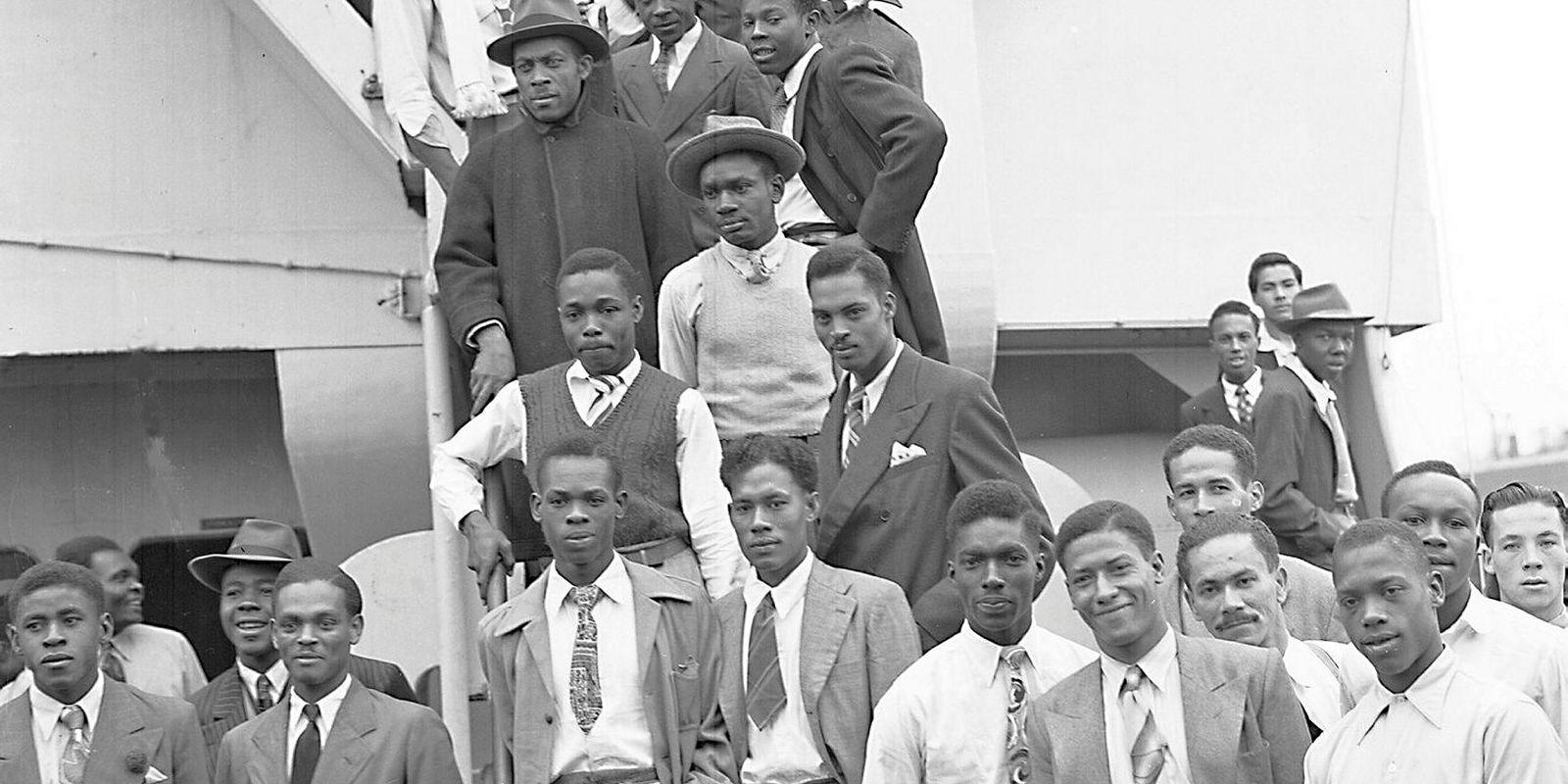In 1948, a pivotal point in British social history occurred with the arrival of a ship carrying Caribbean immigrants recruited to help rebuild a country left exhausted by six years of war.
Over the next two decades, millions more migrants were to follow in their wake, coming from all points of the Commonwealth to make Britain their home and plug gaps in the country’s depleted workforce.
These migrants came to be known as the Windrush Generation, after the Empire Windrush, the ship on which those first West Indian arrivals travelled 70 years ago, ushering in the UK’s development as a multiracial society.
But the imperially named passengership had an extraordinary history of its own.

The Empire Windrush was not originally a British ship at all, but a 13,880-grt passenger liner built in 1930 as Monte Rosa for Hamburg Sud at Blohm+Voss in Hamburg.
It was the last of five sisterships designed to carry German emigrants to South America, with accommodation for 1,150 passengers in cabins and 1,350 in dormitories. However, the trade did not develop as expected and the vessels were repurposed for low-price cruising in northern Europe and the Mediterranean, which proved more successful.
After the Nazis took over in Germany, the Monte Rosa was operated in the Strength Through Joy state-run leisure programme, then deployed as a troop carrier after the outbreak of World War II. It was used in the invasion of Norway and as an accommodation vessel for the battleship Tirpitz, which attacked Allied convoys to Russia from its northern fjord base.

In November 1942, the Monte Rosa was used to deport 46 Norwegian Jews to Denmark, including the Polish-Norwegian businessman and humanitarian Moritz Rabinowitz, who had predicted a devastating global war after the rise of Hitler and who, among other causes, supported the Seamen’s Church. All but two of the deportees died in German concentration camps.
Two years later, the Monte Rosa was attacked by Britain’s Royal Air Force, then by Norwegian resistance saboteurs who attached limpet mines to its hull. But neither attempt sank the ship and it was eventually seized as a prize of war after its capture at Kiel, northern Germany, in May 1945.
The British converted the vessel to a troop ship and the renamed Empire Windrush began to operate on a route from Southampton in southern England via Gibraltar, Suez, Aden and Colombo to Singapore and Hong Kong. Voyages were extended to Japan after the start of the Korean War.
Strangely, the Empire Windrush’s lasting fame came about from only one voyage to the Caribbean.
While en route from Australia to England, it docked in Kingston, Jamaica, to pick up servicemen. As it was far from full, an advertisement was placed in a Jamaican newspaper offering cheap transport for men who wanted to work in the UK. The British Nationality Act, giving citizenship status to all subjects connected with a British colony, had just been passed.
Many men who had served with British forces during the war took the opportunity to return to the UK in the hope of finding better employment, and demand for tickets far exceeded supply. The ship’s records show that 802 of the 1,027 passengers gave their last place of residence as a country in the Caribbean when it docked at London’s Port of Tilbury on 21 June 1948.
The Empire Windrush then returned to trooping duties, surviving a fire onboard in 1949, and in 1953 reporting a drifting crew-less vessel, the rice-carrying Holchu, which was found in good condition aside from a broken mast, with supplies of food, water and fuel, and even a meal prepared in the galley. The mystery of what happened to its crew has never been solved.
The Empire Windrush did not survive much longer either. It set off from Japan in February 1954 on a journey plagued by breakdowns and other problems. On the morning of Sunday, 28 March, after it left Port Said in Egypt with 222 crew and 1,276 passengers, an explosion in the engine room killed four crew and started a fierce fire. Within an hour, it was decided to launch lifeboats as the blaze could not be fought or the watertight doors closed because the flames had knocked out its electrical systems.

Many of the crew and troops abandoned ship by climbing down ladders or jumping into the sea, as many of the lifeboats could not be winched down without electricity and had to be dropped. But all survived the evacuation. Despite attempts to tow the ship to Gibraltar, it sank within two days and the wreck now lies at a depth of 2,600 metres.
The sun had set on the Empire Windrush, but its name lives on. In 1998 a square in Brixton, south London, where many Caribbean immigrants settled, was named after the ship, and Hamburg Sud still operates a containership named Monte Rosa.



